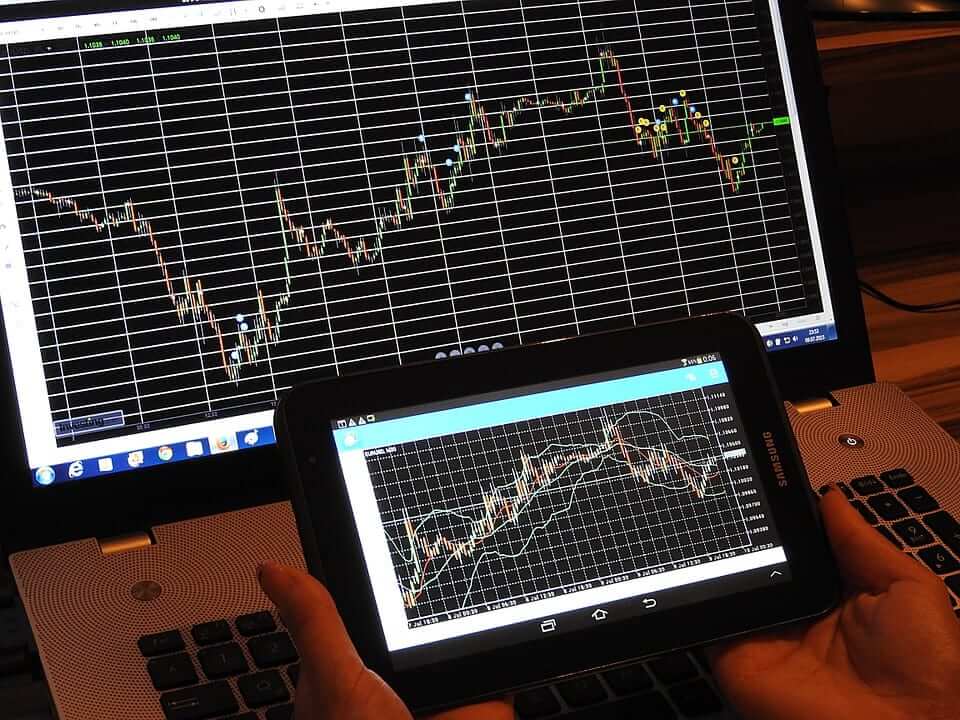Due to innovations in financial technology and changes in the enabling environment, the number of financially excluded adults across Asia and the Pacific has dropped to about 1 billion.
Increased access to affordable financial services can be a lever for Asians to smoothen consumption, manage risk and improve their lives through better savings options, access to credit, and cheaper payments or remittances.
However, the majority of bank and non-bank institutions still rely on branch networks, which have limited the wider population from accessing financial services. Most activities have to be done over the counter in person, and processes are time-consuming. The most common barriers to financial inclusion are the high cost of providing or using services, the lack of nearby services, and lack of identification required for consumers to open bank accounts, for example, and for providers to comply with ‘know your customer’ rules.
The future is in financial technology, or fintech.
Innovations in information and communication technology and the emergence of new fintech players are accelerating financial inclusion much more rapidly than at any other time in history. Fintech partnerships and business models are delivering financial services that reach remote clients, as well as those at the base of the income pyramid.
Digital finance solutions offer great potential for achieving universal access to financial services. For instance, bKash in Bangladesh has demonstrated how mobile money—through mobile phones—can be a catalyst for gaining access to a diverse range of financial services such as credit, insurance, savings, and remittances. The Aadhaar biometric identification card system, in place in India for around 7 years, makes it easy for consumers to confirm their identity when opening a bank account. The same card has enabled the government to digitalize transfers such as energy or rice subsidies to the poor, which allows users to access their benefits easily and cheaply without recourse to a middleman, and keep them secure. From the government’s point of view, distribution becomes cheaper and easier to monitor.
The Philippines is also seeing a lot of digital financial inclusion taking place as consumers are embracing new technologies for banking and finance. By downloading the all-in-one digital payment mobile app PayMaya of Smart Communications, for example, Filipinos can send money, pay bills and earn money much more easily than before.
PayMaya generates a unique 16-digit instant virtual Visa card automatically upon registration. This new electronic money account can be topped up through any reloading station, and be used immediately for online shopping, peer-to-peer transfers, to pay for mobile phone load and pay any merchant worldwide that accepts Visa. PayMaya is also a good example of the Philippines’ new focus on interoperability, which means the system can be used by anyone regardless of his or her mobile network operator. In addition, a link between the PayMaya card and the BEEP metro Manila transport card makes for cashless rapid transit rail travel – another important feature for consumers. A bank account is not necessary; the user just needs to remember his/her mobile phone number.
The Asian Development Bank is looking to support digital financial inclusion together with policymakers, regulators and financial players in a sector where the speed of change and innovation can be daunting. Interest is high and experimentation is ripe for tailoring digital financial services to better meet the needs of the ‘real’ sector.
The challenges associated parallel those of traditional services: regulatory limitations, sufficient transaction volumes, and services with a strong value proposition. However, one needs to answer several relevant questions:
- What preconditions need to be set and how should reforms be sequenced?
- What is the appropriate ecosystem of services to drive a valuable user experience?
- What is an appropriate enabling environment for overcoming barriers to digital finance – both access and usage?
- Who are the best partners to share costs and develop meaningful ‘bundled’ content?
- How can we develop scalable financial and digital literacy programs?
Finding answers to these questions will help improve our understanding of the critical success factors. It will also encourage investors who are looking to support digital technology so these products can live up to their full potential for businesses, and create greater social impact for consumers.
___________________
About the Author
This article was written by Lotte Schou-Zibell, a technical advisor in the sustainable development and climate change department of the Asian Development Bank. She writes for Asia Pathways, a blog of the Asian Development Bank Institute. see more.





























